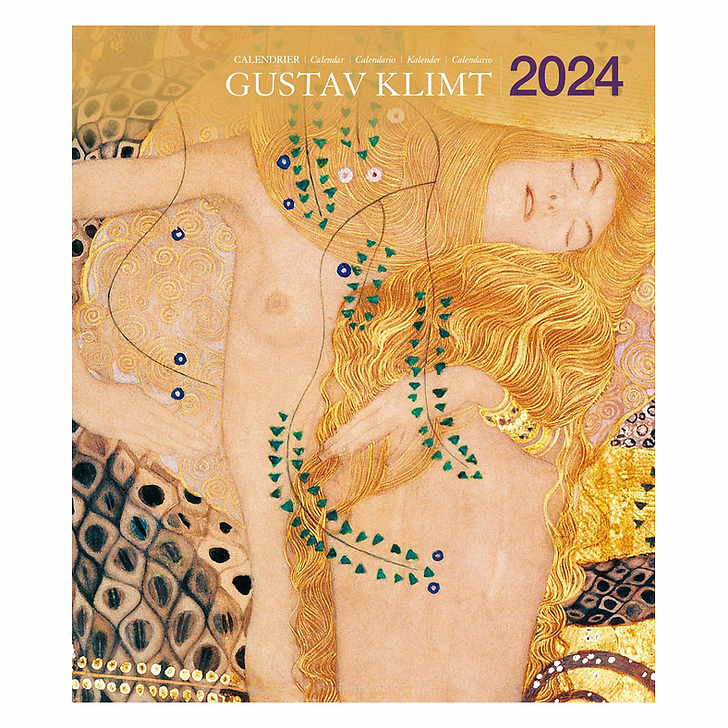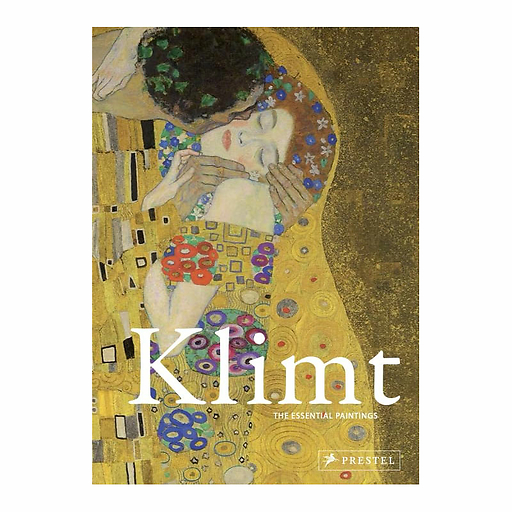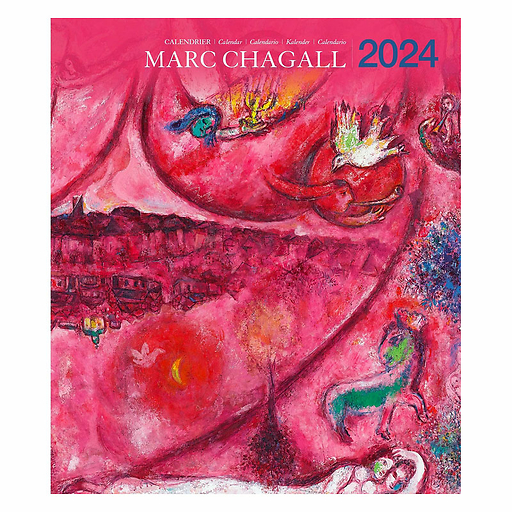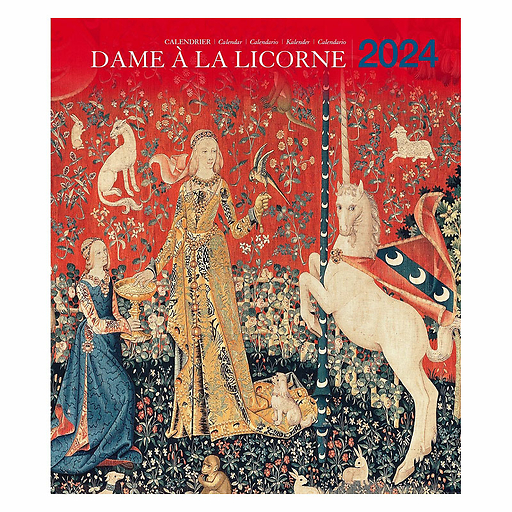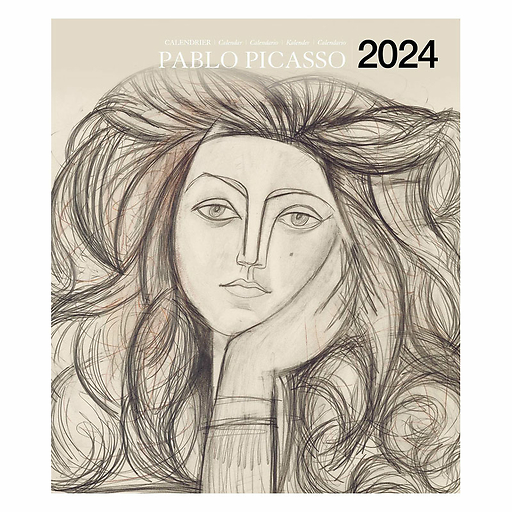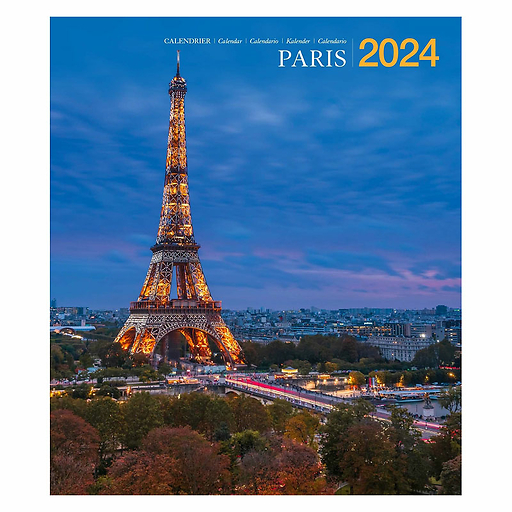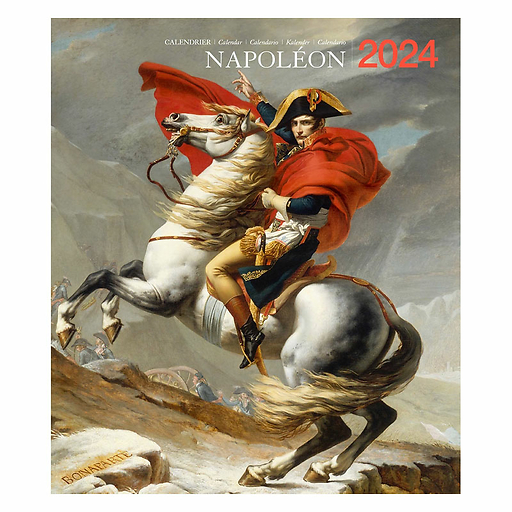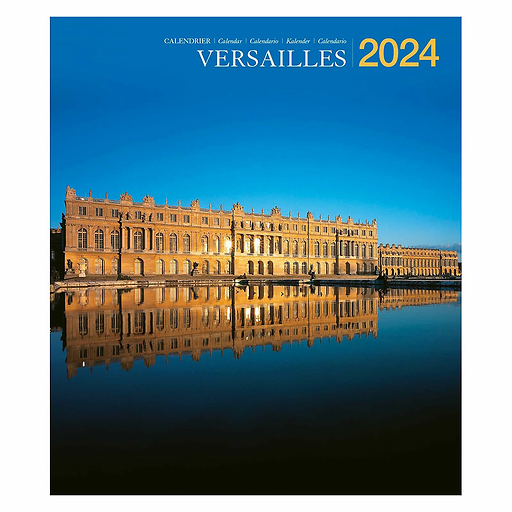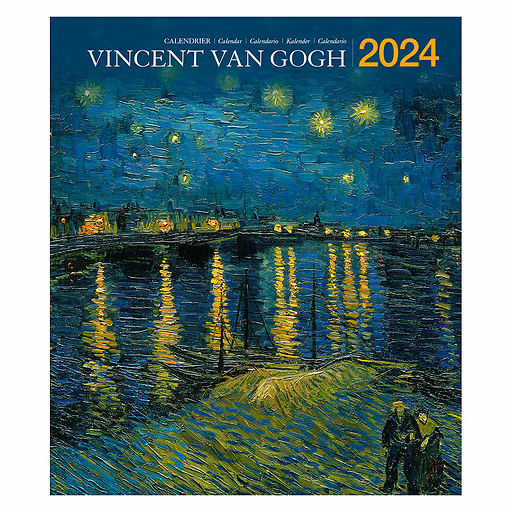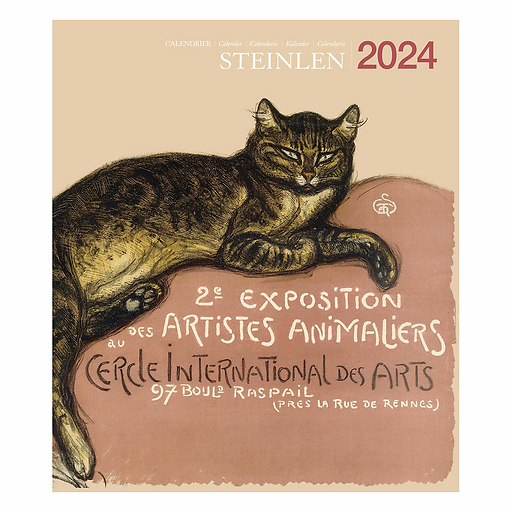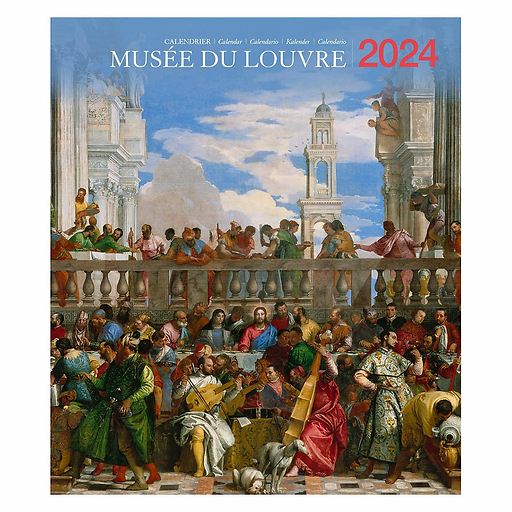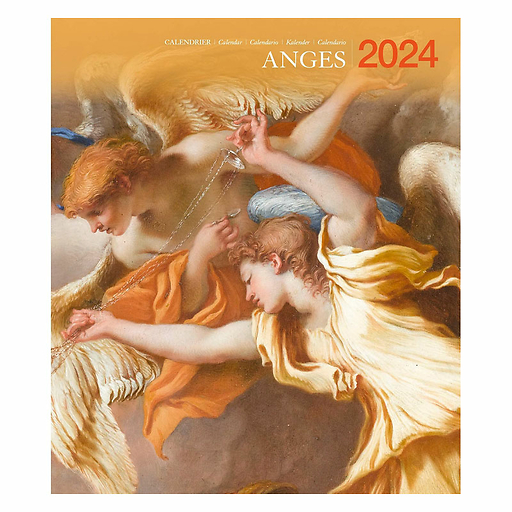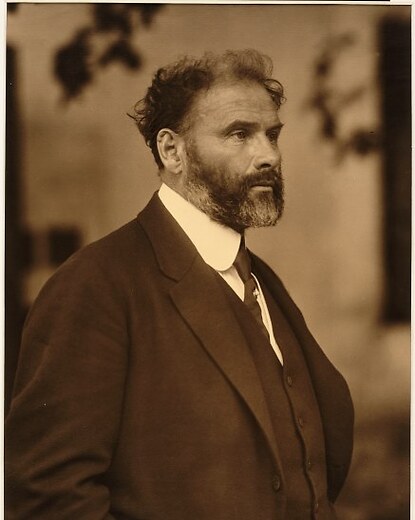Gustav Klimt, (1862-1918) is an Austrian Symbolist painter and master of the Art Nouveau movement. Trained as an architectural painter, he early on painted many official decorations: walls and ceilings of theaters, public buildings, villas. In 1897 he founded with his friends the secessionist group, whose aim was to break with academicism and elevate Austrian art to international recognition. His themes were then eroticism, love and representation of the human body, some considered as scandalous. Until 1910, he painted a great deal and produced major works, including the "Portrait of Adèle Bloch-Bauer" (1907) and "Le Baiser" (1908). This is the "golden period", so named in reference to the many gold leaves that the painter uses. In 1910, Klimt finally found success and recognition during his participation at the Venice Biennale.

